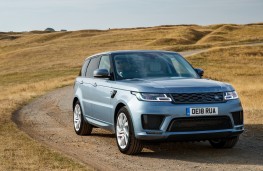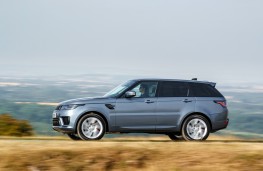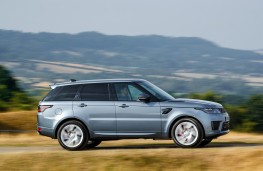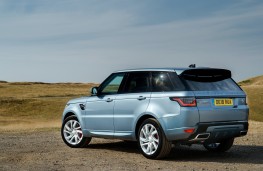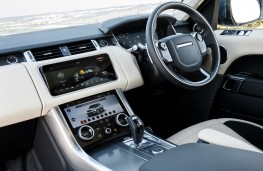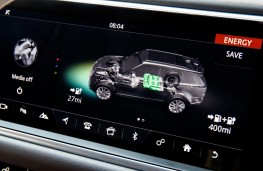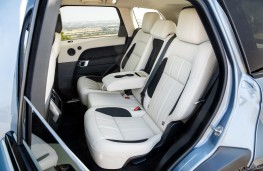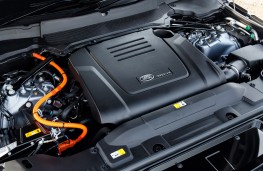LAND Rover is pushing ahead with its electrification programme with the launch of a plug-in version of the Range Rover Sport.
It is the second PHEV in the company's inventory and like the petrol-electric Range Rover which arrived a few months ago uses a 2.0-litre Ingenium engine mated to an 85kW electric motor.
The result is a combined power output of 404bhp and in the Range Rover Sport line up that's bettered only by the supercharged V8 models.
It's no slouch either and packs a 0 to 60 acceleration time of 6.3 seconds with a maximum of 137mph.
But the headline grabbing statistic is its claimed 101mpg fuel consumption figure with emissions of 64g/km.
In the real world such efficiency is absolutely fanciful - expect to achieve low to mid 30s - but for business users there are considerable attractions when it comes to tax.
With a current benefit in kind banding of 16 per cent, the Range Rover Sport Si4 P400e - to give the plug-in hybrid its proper name - is 17 percentage points below the next lowest model in the range, the 2.0-litre diesel SD4.
The PHEV Range Rover Sport is priced from £70,800 - some £9,000 more than the SD4 - and tops out at £84,400, similar to that of a 3.0-litre diesel model and some £15,000 less than the flagship SVR version.
In every other way - apart from boot space - the car comes with the same level of refinement as any other Range Rover and also features some smart technology to help get the best from the powertrain.
Left to its own devices the system runs as a parallel hybrid and seamlessly switches from combustion to electric power or blends the two accordingly.
It can be switched into zero emission electric only mode where Land Rover claims it can manage 31 miles when fully charged.
There's a ‘Save' function in the car's software which allows battery power to be conserved for use when necessary.
On the cars we tried that system came into its own on several occasions to help optimise performance and it's one of several drive modes available including the Terrain Response settings which give the Range Rover Sport PHEV as much off-road ability as any other Land Rover.
There's even a predictive function linked to the sat nav which is designed to optimise power use as soon over a route once a destination is entered.
With a 20 gallon fuel tank and its batteries slung below the vehicle it tips the scales at some 2.47 tonnes making it the heaviest of all Range Rover Sports.
Nevertheless, it lacks for little when it comes to driving and the performance is as composed as it is confident and punchy.
The towing limit however is 2.5 tonnes - one tonne lower than the regular model - and boot capacity is down to 446 litres to accommodate the additional gubbins necessary for the electric powertrain.
Recharging of the batteries is done via a plug-in point behind the front grille and takes 7.5 hours from a domestic outlet or two-and-three-quarter hours from a fast charger although with regenerative braking the car will recharge itself slightly on the go.
On our runs in the P400e in automatic hybrid mode we saw a loss of battery range of 13 miles over a 20 mile loop so the system works.
Overall fuel efficiency will be similar to that expected from a diesel Range Rover Sport. The real attraction of the PHEV is its tax advantages for business users - and that rather brisk performance.

